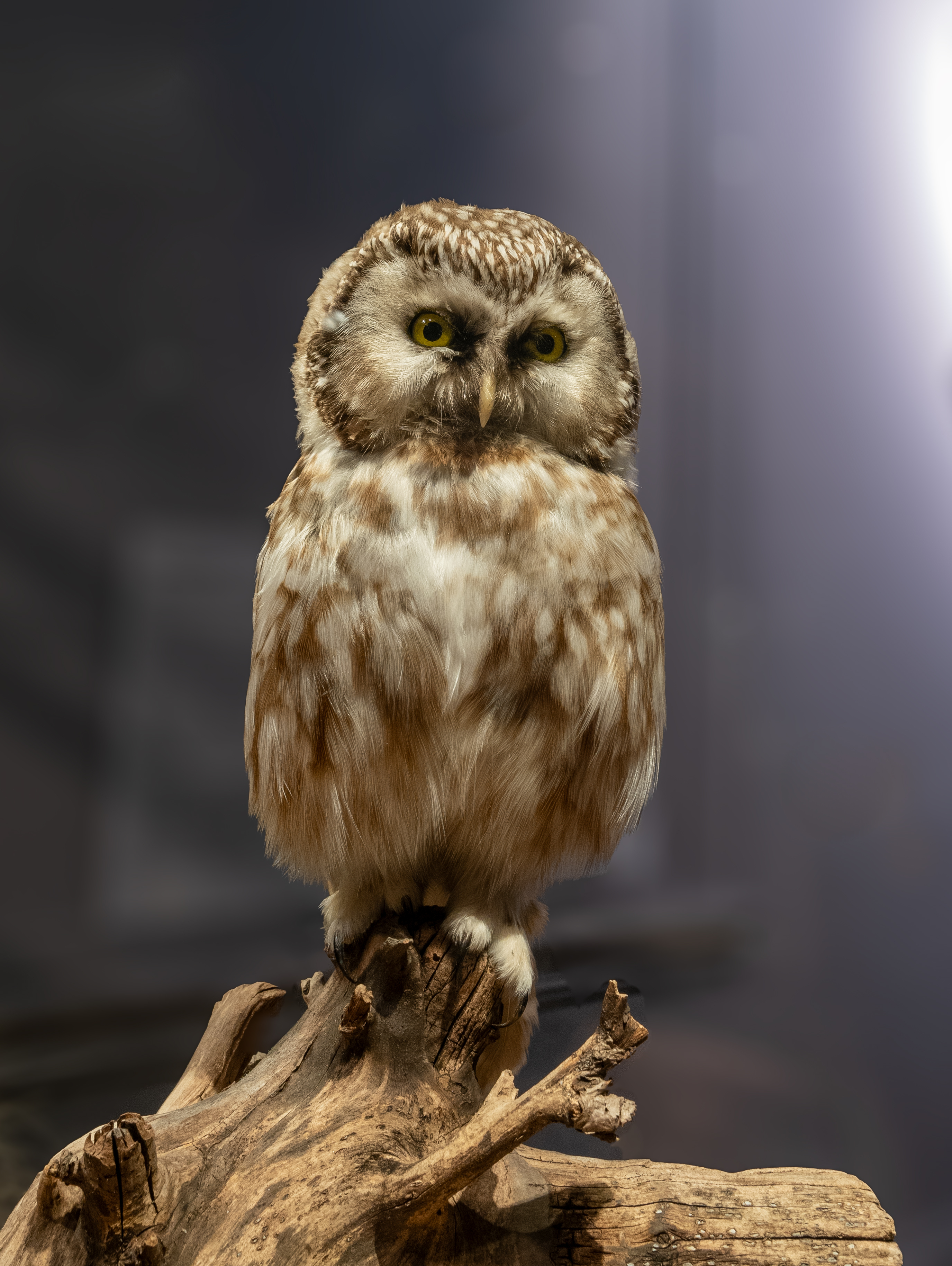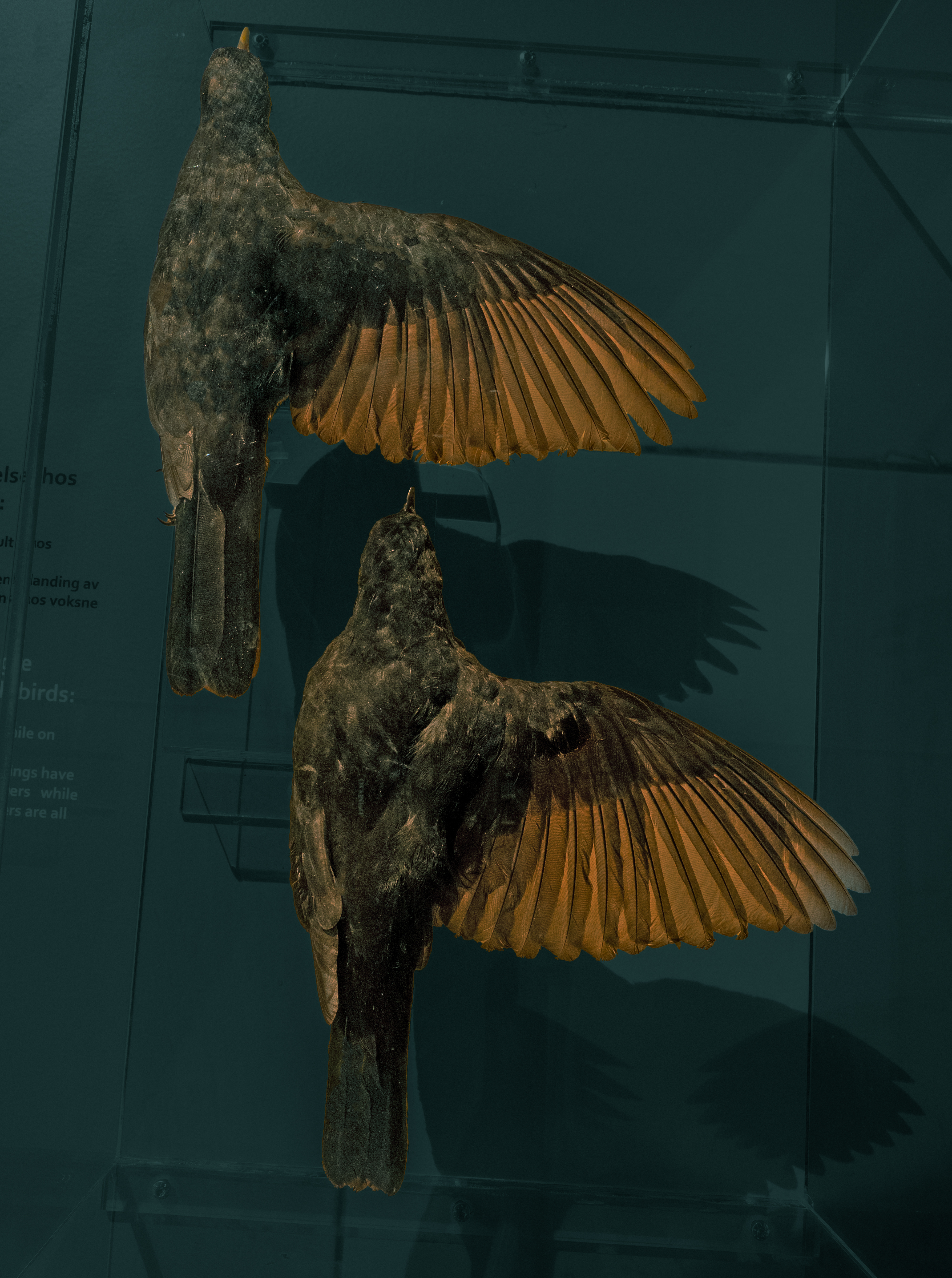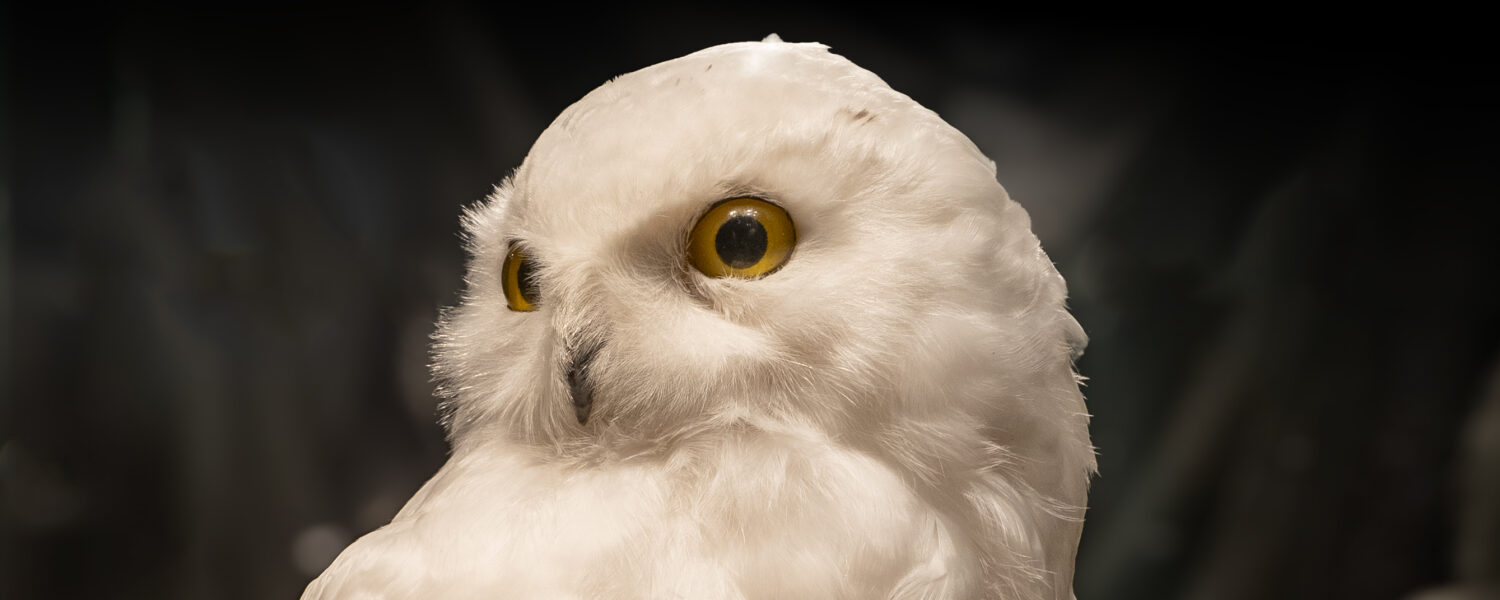The mysteries of bird migration
Where did the bird fly?
The Barn Swallow is a beloved bird that brings life to the cultural landscape during the summer months. When winter comes, the landscape silences. The general belief was that swallows overwintered at the bottom of lakes and ponds. The idea that they embarked on a long journey every winter was unthinkable.
This exhibition marks the 100th anniversary of bird ringing in Norway and covers the history behind bird ringing, knowledge about various migratory birds, and the results that research using bird ringing has yielded.
In Norway, systematic bird ringing began in the early 1900s, with a curator at the Stavanger Museum, H.T.L. Schaanning, being a national pioneer. Revtangen Ornithological Station and a bird ringing center affiliated to Stavanger Museum were established. Since then, more than 10 million birds have been ringed in Norway.
To ring a bird, it must be captured and handled gently. As much information as possible is recorded: species, age, sex, weight/condition, and status. The bird is released with a metal ring with a unique number on its leg, connecting the bird to the records. If the bird is found again (through observations, recapture, or death), the ring number and discovery information are sent to the Bird ringing center. You can also contribute if you come across a ringed bird!
Bird ringing has proven to be a simple and effective research method in building knowledge on how birds live their lives. This knowledge is crucial in a world where humans have an increasing demand for resources and space.
From the same body of knowledge, we now know that the little Barn Swallow nesting in Norway can fly all the way to South Africa in the winter. Visit the museum and learn more about bird ringing and what we now know about the lives of the Barn Swallow and several other characteristic bird species.


The exibition was produced by Stavanger museum and Naturexpo. It had a original run-time between april 29 – october 12 2014, but has since been included as a permanent exhibit. Main picture of snowy owl: Istock, others Stavanger museum.
